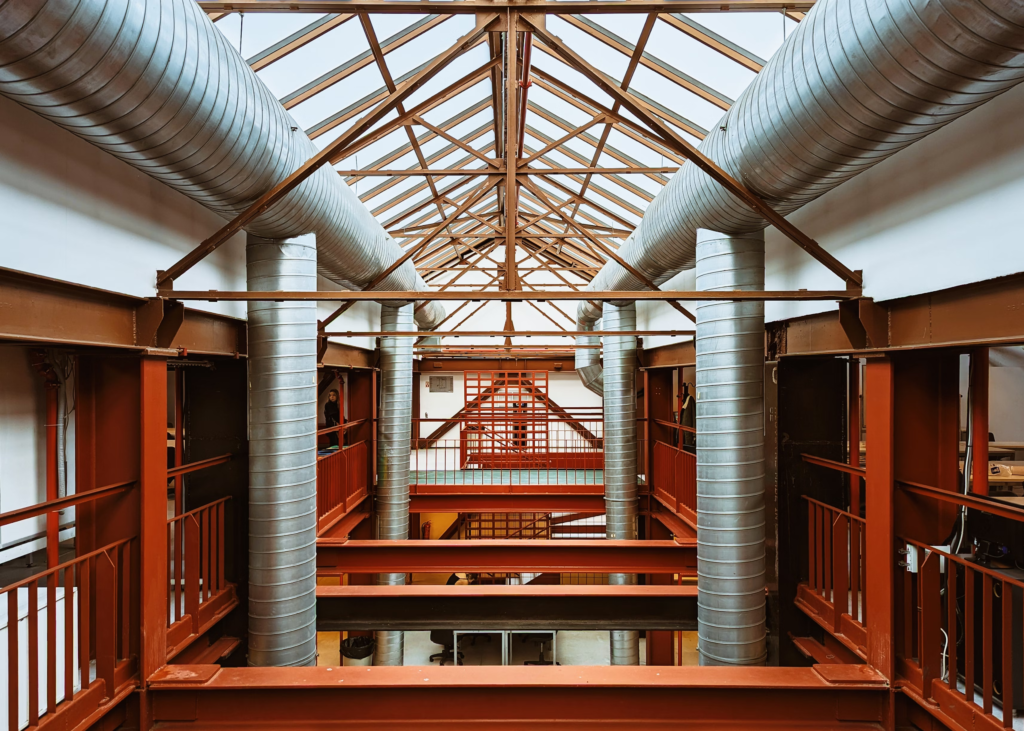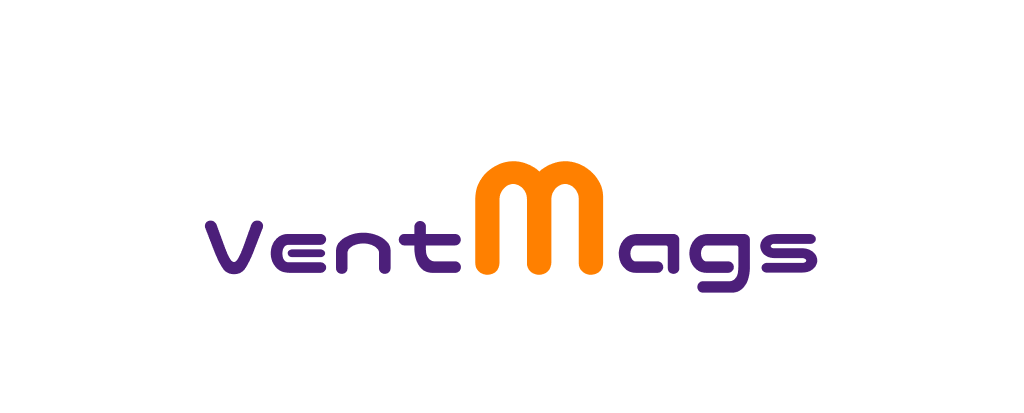Winter brings shorter days, colder nights, and a crucial need for a warm, cozy home. Ensuring your HVAC (Heating, Ventilation, and Air Conditioning) system is ready to tackle the drop in temperature is essential to maintain comfort and efficiency throughout the season. Here’s a comprehensive winter HVAC checklist to help you prepare and keep your home toasty while reducing energy costs.
1. Schedule a Professional HVAC Inspection
Hiring a professional HVAC technician for a pre-winter inspection is one of the best steps you can take. They can identify potential issues, make necessary repairs, and ensure your system is operating efficiently. Key areas they’ll examine include:
- Heat Exchanger – To prevent carbon monoxide leaks.
- Electrical Connections – Ensuring there are no loose wires.
- Thermostat Calibration – For accurate temperature control.
A thorough inspection now can prevent costly breakdowns in the dead of winter.

2. Replace or Clean Your Air Filters
Clogged air filters can reduce airflow, forcing your HVAC system to work harder and less efficiently. Dirty filters may also circulate allergens and dust in your home, affecting indoor air quality. Here’s what to keep in mind:
- Frequency – Change filters every 30 to 90 days, depending on usage.
- Filter Type – Use high-quality filters for better air quality.
A clean filter not only improves air quality but also boosts your system’s performance and energy efficiency.
3. Clean and Inspect Air Ducts
Air ducts distribute heat throughout your home. Over time, dust, debris, and even mold can accumulate in these ducts, which can impact your system’s efficiency and indoor air quality. To ensure optimal airflow:
- Check for Leaks – Seal any gaps or leaks that may cause heat loss.
- Clean the Ducts – Consider professional duct cleaning for a thorough job.
Ensuring clean, well-maintained ducts will help deliver consistent warmth to every room in your home.

4. Test the Thermostat
An outdated or improperly set thermostat can waste energy and fail to keep your home comfortable. Testing and upgrading your thermostat can make a noticeable difference in comfort and cost-efficiency. Here’s how:
- Test Settings – Check that it’s calibrated correctly for accurate temperature readings.
- Upgrade to a Programmable or Smart Thermostat – Allows you to set heating schedules or adjust settings remotely.
A smart thermostat can save you up to 10% on heating costs by optimizing energy usage based on your schedule.
5. Inspect Insulation and Sealing Around the House
Poor insulation and sealing can lead to significant heat loss, causing your HVAC to work harder and increase your energy bills. To keep warm air inside, inspect and improve insulation in these areas:
- Windows and Doors – Add weather stripping or caulk around frames.
- Attic and Basement – Ensure these areas are properly insulated to prevent heat from escaping.
Proper insulation reduces strain on your HVAC system and maintains a steady, cozy temperature.
6. Check and Clean Vents and Registers
Blocked or dirty vents can restrict airflow and reduce heating efficiency. Make sure that all vents and registers are open and unobstructed. To optimize airflow:
- Vacuum Dust from Vents – This will reduce dust circulation and improve air quality.
- Ensure No Blockages – Avoid placing furniture or rugs in front of vents.
Clean, open vents are crucial for even heat distribution, helping you avoid cold spots in your home.
7. Examine Your Heating System’s Exhaust and Intake Pipes
In freezing weather, HVAC exhaust and intake pipes outside your home may get blocked by snow or debris, causing your system to malfunction. Make it a habit to:
- Clear Any Snow or Ice Buildup – Regularly check and clear blockages.
- Inspect for Corrosion or Damage – If there’s visible rust or wear, contact a technician.
Keeping these pipes clear is essential to prevent carbon monoxide buildup and maintain safe operation.

8. Consider Upgrading to an Energy-Efficient HVAC System
If your HVAC system is over 10–15 years old, it may be time to consider an upgrade. Newer systems are more energy-efficient, and they can significantly reduce heating costs. Benefits of upgrading include:
- Reduced Energy Bills – Modern systems consume less energy.
- Enhanced Comfort – New technology provides better temperature control.
While it’s an investment, a high-efficiency HVAC system can pay for itself over time with lower operational costs.
9. Ensure Adequate Ventilation
In winter, it’s easy for indoor air to become stale, as windows are often kept closed. Proper ventilation not only improves air quality but also helps regulate humidity levels in your home. To enhance ventilation:
- Use Exhaust Fans – In kitchens and bathrooms to remove excess moisture.
- Open Windows Occasionally – A brief exchange of fresh air can improve indoor quality.
Balanced humidity and ventilation prevent mold growth and create a healthier environment.

10. Stock Up on Emergency Supplies
Winter storms can sometimes lead to unexpected HVAC shutdowns or power outages. Be prepared with:
- Portable Heaters – A reliable backup source of heat.
- Blankets and Warm Clothing – For additional warmth if heating is down.
Being prepared for emergencies can provide peace of mind and added comfort, even if the unexpected happens.
Conclusion
Winterizing your HVAC system with this checklist will help keep your home comfortable, energy-efficient, and safe throughout the colder months. By performing routine maintenance and taking proactive steps, you’ll not only reduce the risk of system breakdowns but also lower heating costs. A warm, cozy home awaits when you make your HVAC system a top priority in winter preparation.
